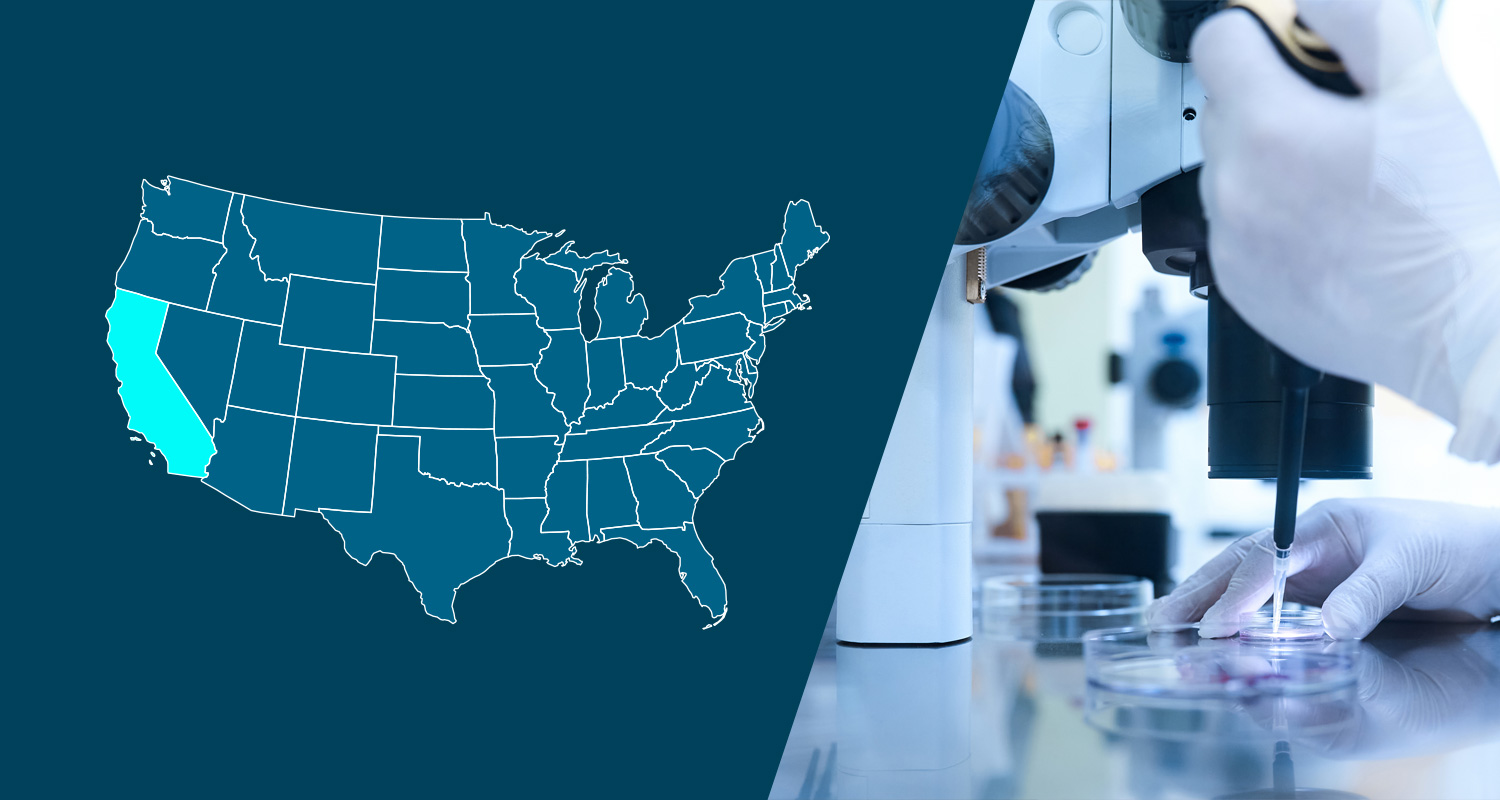[Updated 4/27/2018]
IRS Adjusts 2018 HSA Contribution Limit – Again
The IRS has announced it is modifying the annual limitation on deductions for contributions to a health savings account (“HSA”) allowed for taxpayers with family coverage under a high deductible health plan (“HDHP”) for the 2018 calendar year. Under Rev. Proc. 2018-27, taxpayers will be allowed to treat $6,900 as the annual limitation, rather than the $6,850 limitation announced in Rev. Proc. 2018-18 earlier this year.
The HSA contribution limit for individuals with family HDHP plan coverage was originally issued as $6,900 last May in Rev. Proc. 2017-37. Earlier this year, the IRS announced a $50 reduction in the maximum deductible amount from $6,900 to $6,850 due to changes made by the Tax Cuts and Jobs Act.
Due to widespread complaints and comments from individual taxpayers, employers and other major stakeholders, the IRS has decided it is in the best interest of “sound and efficient” tax administration to allow individuals to treat the originally released $6,900 as the 2018 family limit. The IRS acknowledged that many individuals had already made the maximum HSA contribution for 2018 before the deduction limitation was lowered and many other individuals had made annual salary reduction elections for HSA contributions through employers’ cafeteria plans based on the higher limit. Additionally, the costs of modifying various systems to reflect the reduced maximum would be significantly greater than any tax benefit associated with an unreduced HSA contribution.
| Revised 2018 HDHP and HSA Limits | Single / Family |
| Annual HSA Contribution Limit | $3,450 / $6,900 |
| Minimum Annual HDHP Deductible | $1,350 / $2,700 |
| Maximum Out-of-Pocket for HDHP | $6,650 / $13,300 |
Guidance for Taxpayers who Previously Contributed the $6,900 and already took a $50 Distribution
Repayment of the Distribution: Rev. Proc. 2018-27 provides guidance for those taxpayers who already took a distribution in 2018 from their HSA based on the reduced maximum limit of $6,850. Anyone who receives a distribution from an HSA in excess of the $6,850 limit may treat that distribution as the result of a “mistake of fact due to reasonable cause.” The portion of a distribution (including earnings) that an individual repays to the HSA by April 15, 2019, will not be included in the individual’s gross income or be subject to the 20% additional tax for non-medical distributions. The repayment will not be subject to the 6% excise tax on excess contributions either. Mistaken distributions that are repaid to an HSA are not required to be reported on Form 1099-SA or Form 8889 and are not required to be reported as additional HSA contributions.
Keeping the Distribution: Alternatively, if an individual decides not to repay such a distribution it will not have to be included in gross income or subject to the additional 20% tax as long as the distribution is received by the individual’s 2018 tax return filing due date. This tax treatment, however, does not apply to contributions from an HSA that are attributable to employer contributions if the employer does not include any portion of the contributions in the employee’s wages because the employer treats $6,900 as the annual contribution limit. In that scenario, the distribution would be included in the individual’s gross income and subject to the 20% additional tax unless it was used to pay for qualified medical expenses. In other words, if the employee withdraws the $50 and does not return it to the HSA, it’s not included in income or subject to the 20% additional tax unless the $50 is reported as an employer contribution on the employee’s W-2 (in box 12, code W), in which case it would be included in income and subject to the 20% additional tax.
It is always recommended that individuals consult with a tax professional if they have questions.
Employer Action Items
• Employers who previously informed employees that the limit was lowered should inform employees about the new limit and repayment option.
• If an employer already reduced the HSA family limit to $6,850, then the employer may leave the change as is. If the employer decides to go this route, then a communication to employees would be important so employees can still decide to contribute an additional $50 into the HSA directly, should they wish to do so.
• If an employer would like to increase employee elections back to $6,900, they may also do so. This option would likely allow a very small amount of tax savings for an employee (approximately $3.83). If an employer chooses this option, they may want to have employees confirm the election, as an individual may have already reduced their contribution for other reasons and may not want the prior election restored.
This alert was prepared for Sequoia by Marathas Barrow Weatherhead Lent LLP, a national law firm with recognized experts on the Affordable Care Act. Contact Peter Marathas or Stacy Barrow at pmarathas@marbarlaw.com or sbarrow@marbarlaw.com. The information provided in this alert is not, is not intended to be, and shall not be construed to be, either the provision of legal advice or an offer to provide legal services, nor does it necessarily reflect the opinions of the agency, our lawyers or our clients. This is not legal advice. No client-lawyer relationship between you and our lawyers is or may be created by your use of this information. Rather, the content is intended as a general overview of the subject matter covered. This agency and Marathas Barrow Weatherhead Lent LLP are not obligated to provide updates on the information presented herein. Those reading this alert are encouraged to seek direct counsel on legal questions.
© 2018 Marathas Barrow Weatherhead Lent LLP. All Rights Reserved.
———————————————————————————————————————————————
[Published 4/17/2018]
Background:
The IRS announces inflation-adjusted limits for HSA contributions on an annual basis. The 2018 limits were initially announced in May 2017. A new federal tax law was enacted at the end of 2017, which changed the annual inflation adjustment factor from the “Consumer Price Index” (CPI) to a new factor known as “chained CPI.” As a result, the IRS recently utilized the new index and has changed the HSA contribution limit for individuals with family HDHP coverage.
Summary of the change:
HSA Contribution
The IRS announced the change on March 5, 2018 in IRS Revenue Procedure 2018-10. The announcement states that the HSA contribution limit for family coverage in 2018 will now be $6,850. This is a $50 decrease from the original set amount of $6,900. This change is effective as of January 1, 2018. The single contribution limit remains unchanged at $3,450 and the catch-up contribution limit also remains at $1,000. This information was initially announced to all Sequoia clients via direct email in March 2018.
There has been some discussion surrounding the IRS granting transition relief for 2018 due to the late change, though nothing has been announced at this time. We will continue to follow the developments out of Washington and will publish any changes as they occur.
Employer Action Items
- Sequoia Clients: Please be sure to contact your Sequoia Client Service Manager (if you haven’t already been in communication about this) so they may assist you with any vendor communications or needed changes to your systems.
- Employers should inform employees about the reduced HSA contribution limit for family HDHP coverage.
- Employees that elected the maximum amount ($6,900) will need to change their HSA elections to comply with the lower limit ($6,850).
- Any employees who have already contributed $6,900 for 2018 must receive a refund of the excess $50 contribution in order to avoid an excise tax (most employees with family HDHP coverage will not have contributed more than $6,850 through salary reductions at this point).
The information and materials on this blog are provided for informational purposes only and are not intended to constitute legal or tax advice. Information provided in this blog may not reflect the most current legal developments and may vary by jurisdiction. The content on this blog is for general informational purposes only and does not apply to any particular facts or circumstances. The use of this blog does not in any way establish an attorney-client relationship, nor should any such relationship be implied, and the contents do not constitute legal or tax advice. If you require legal or tax advice, please consult with a licensed attorney or tax professional in your jurisdiction. The contributing authors expressly disclaim all liability to any persons or entities with respect to any action or inaction based on the contents of this blog.



